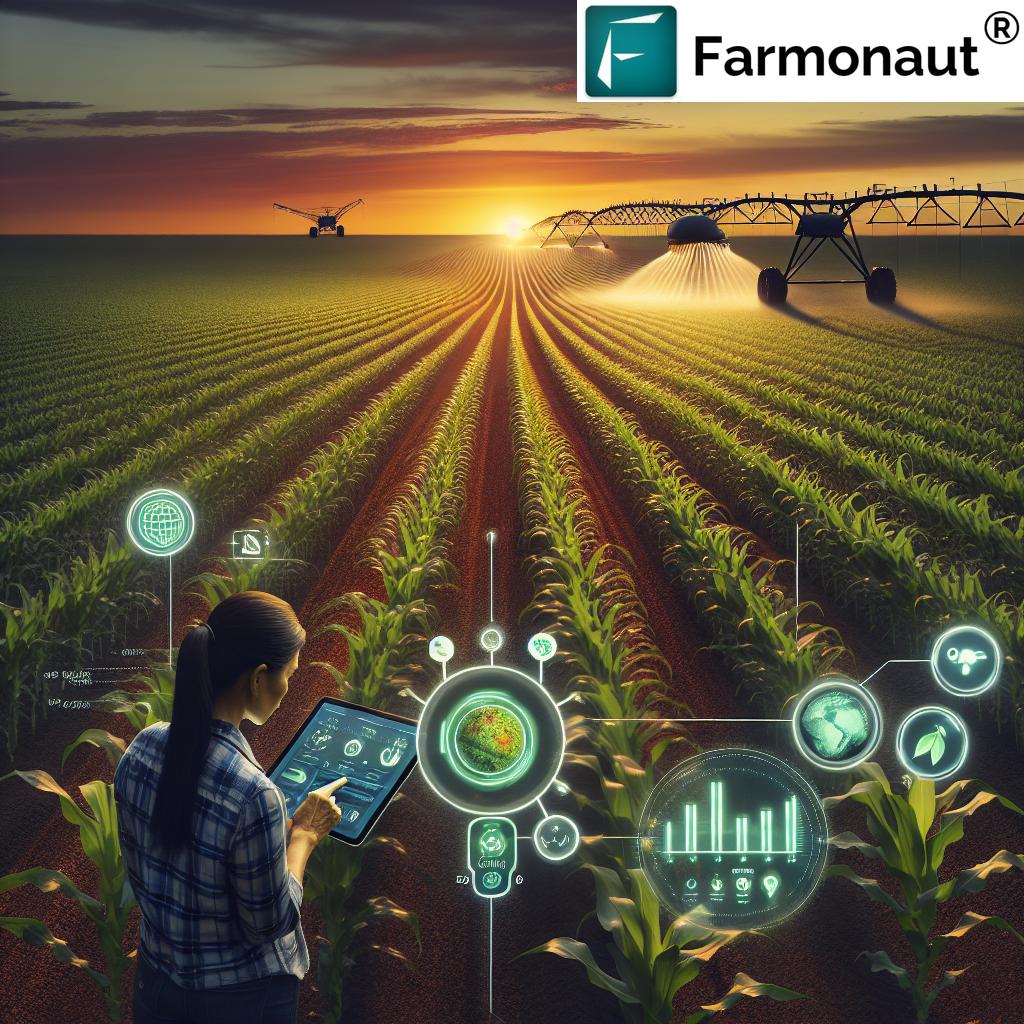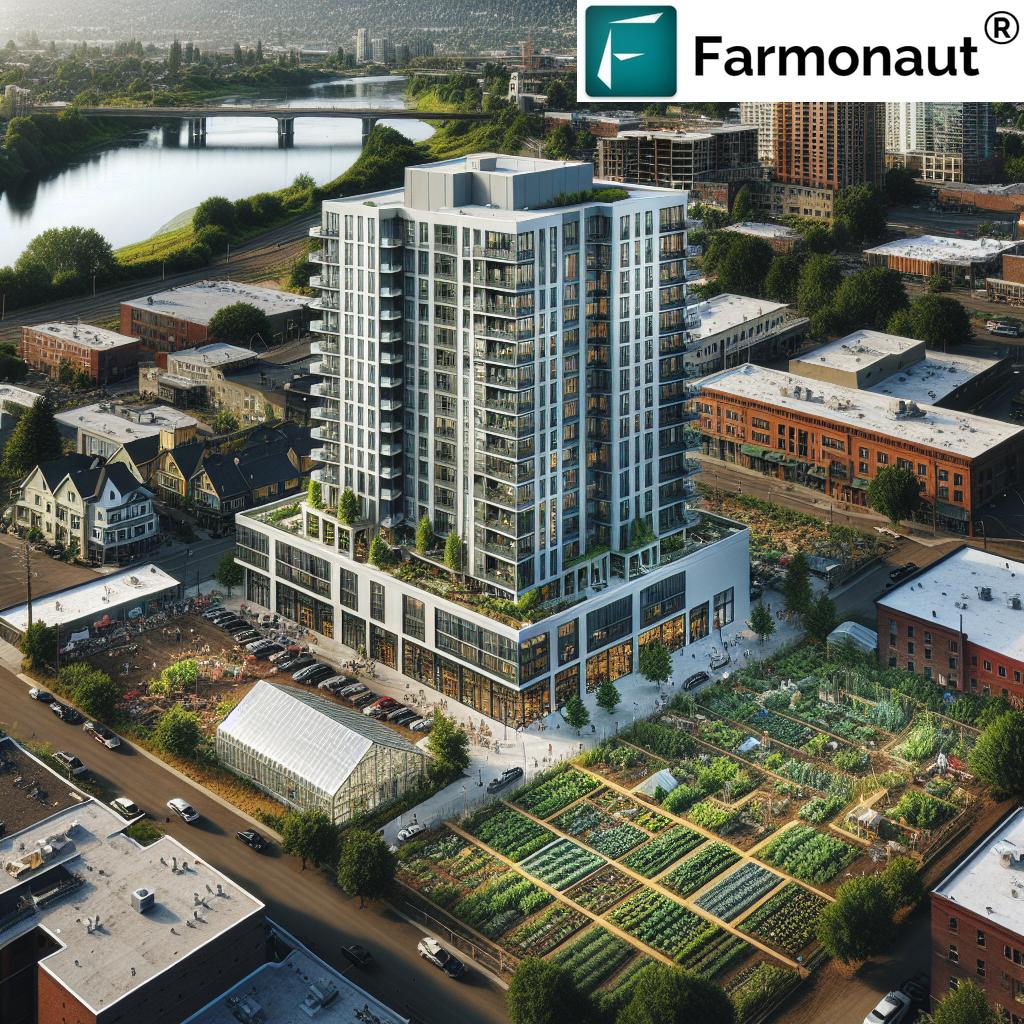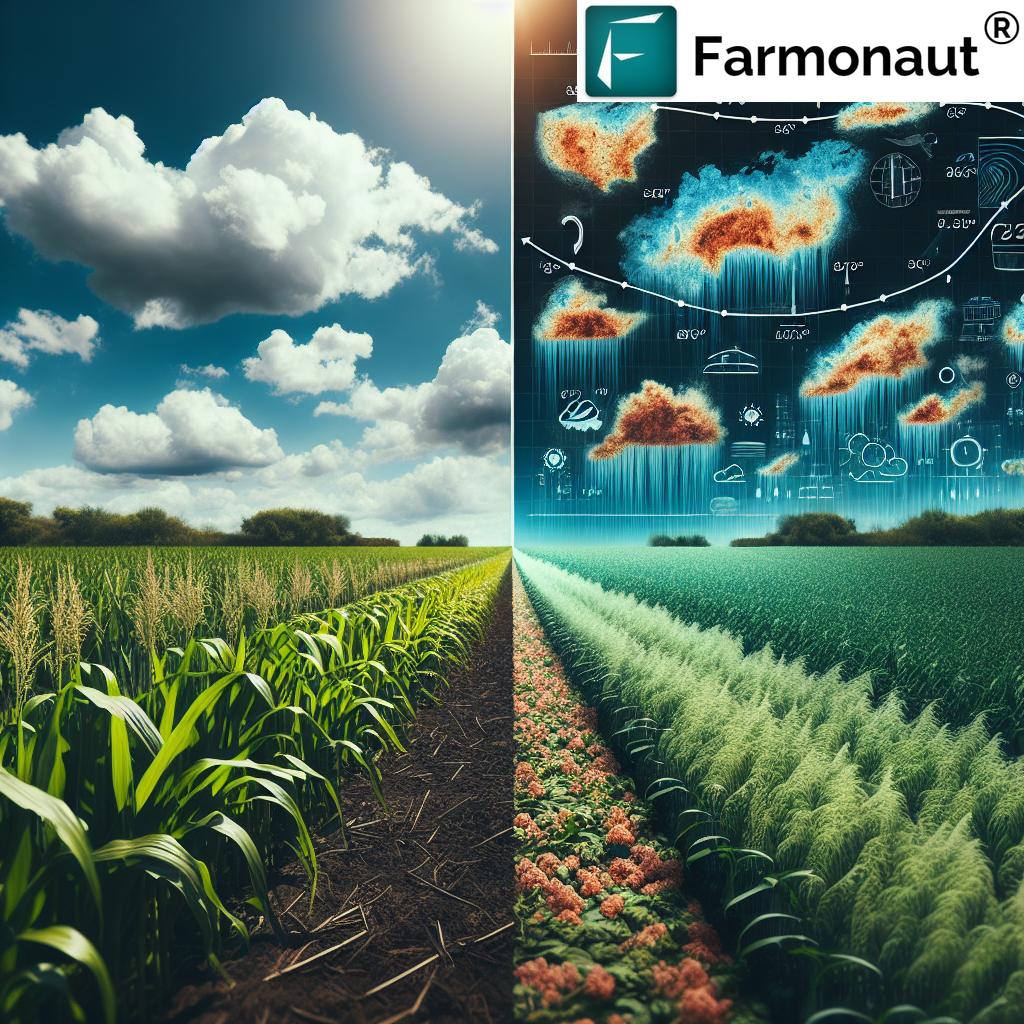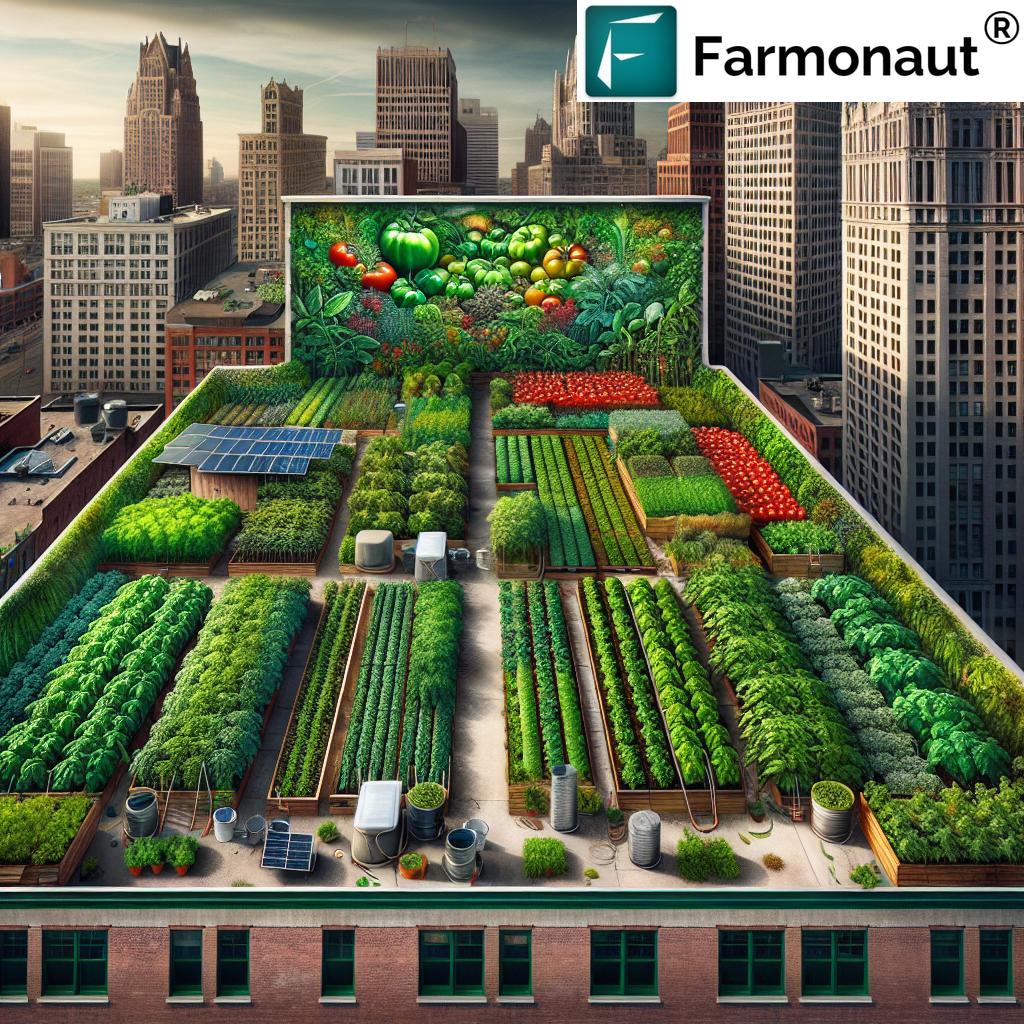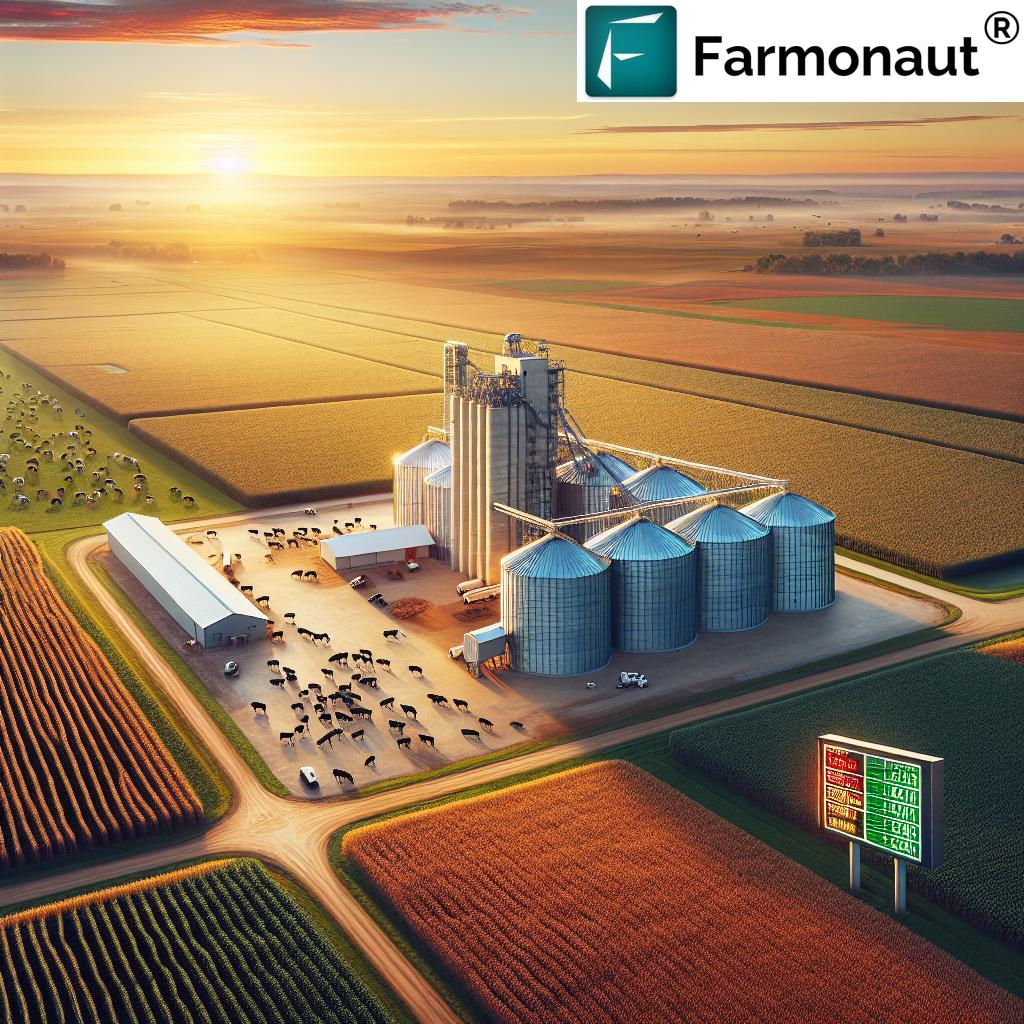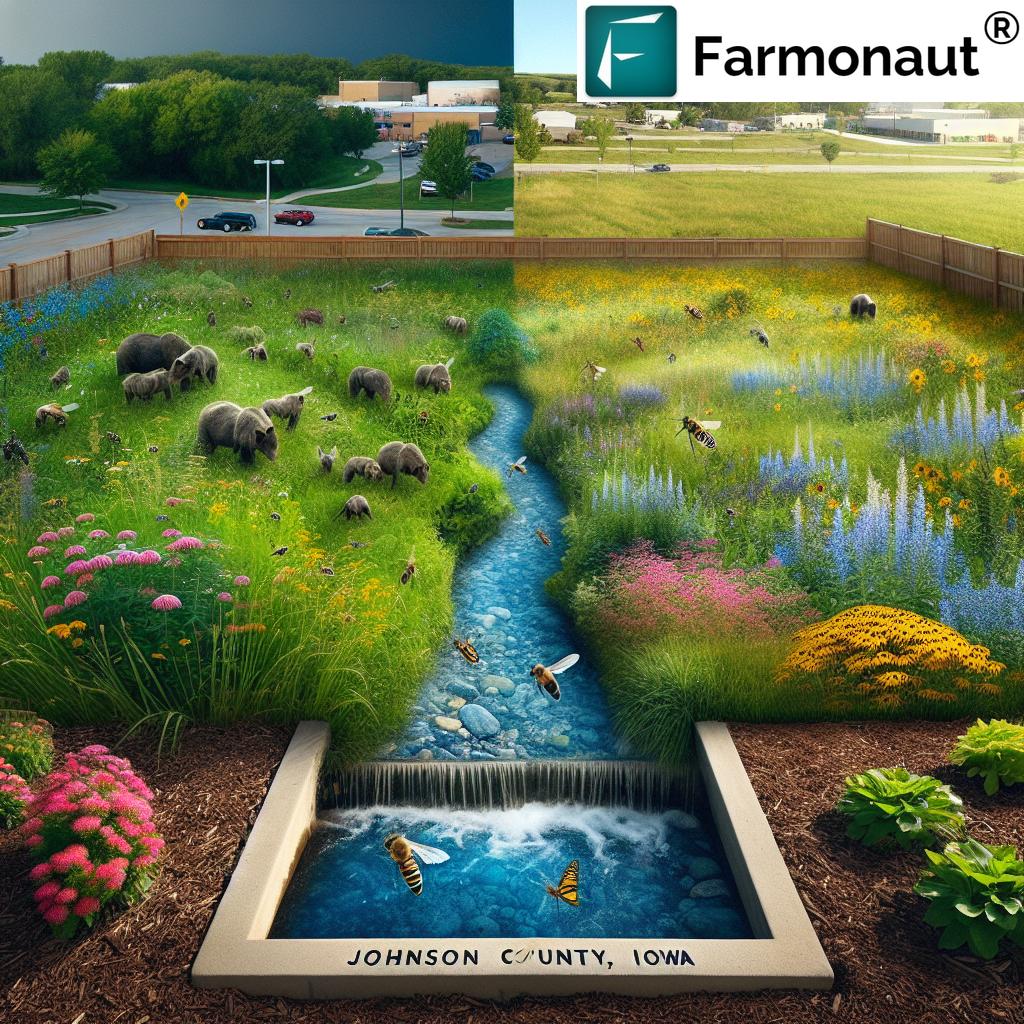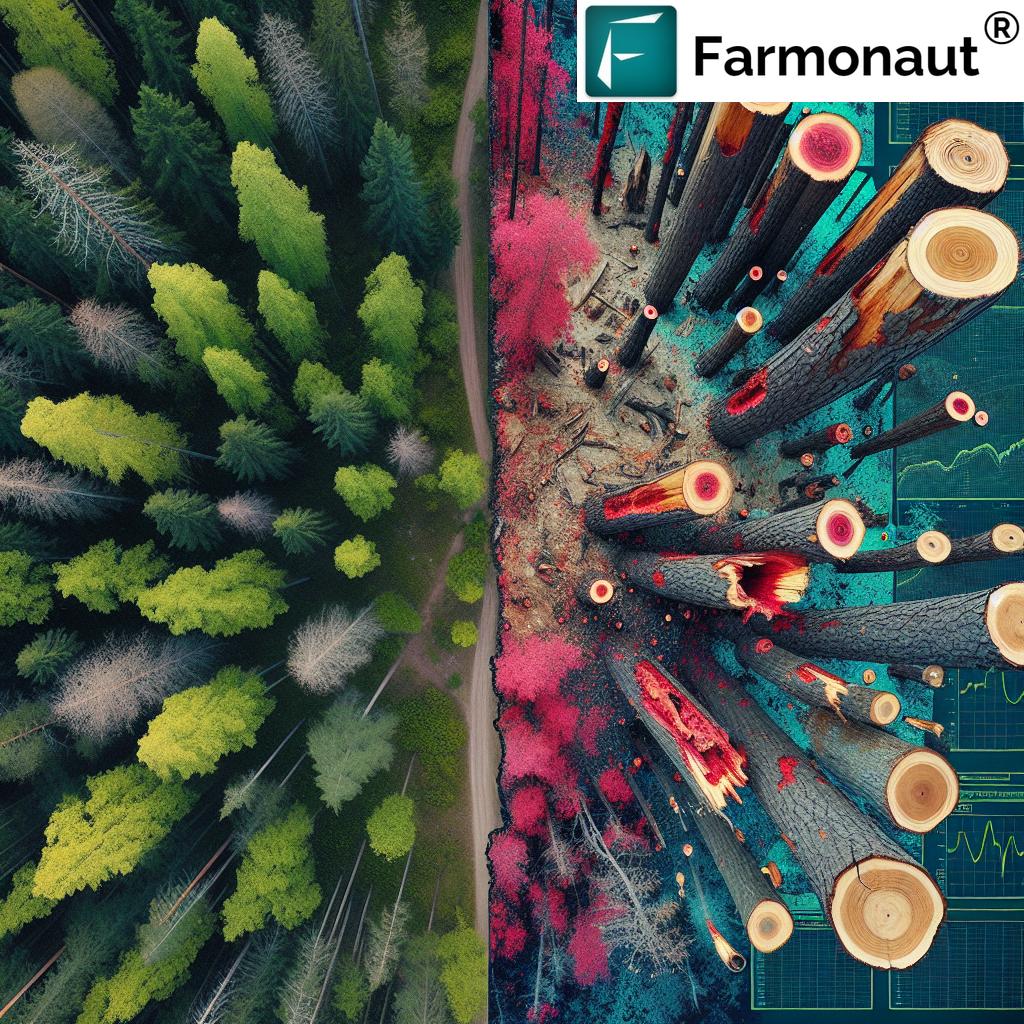Protecting Your Alaska Garden: Essential Tips for Volcanic Ash Preparedness and Safe Crop Management
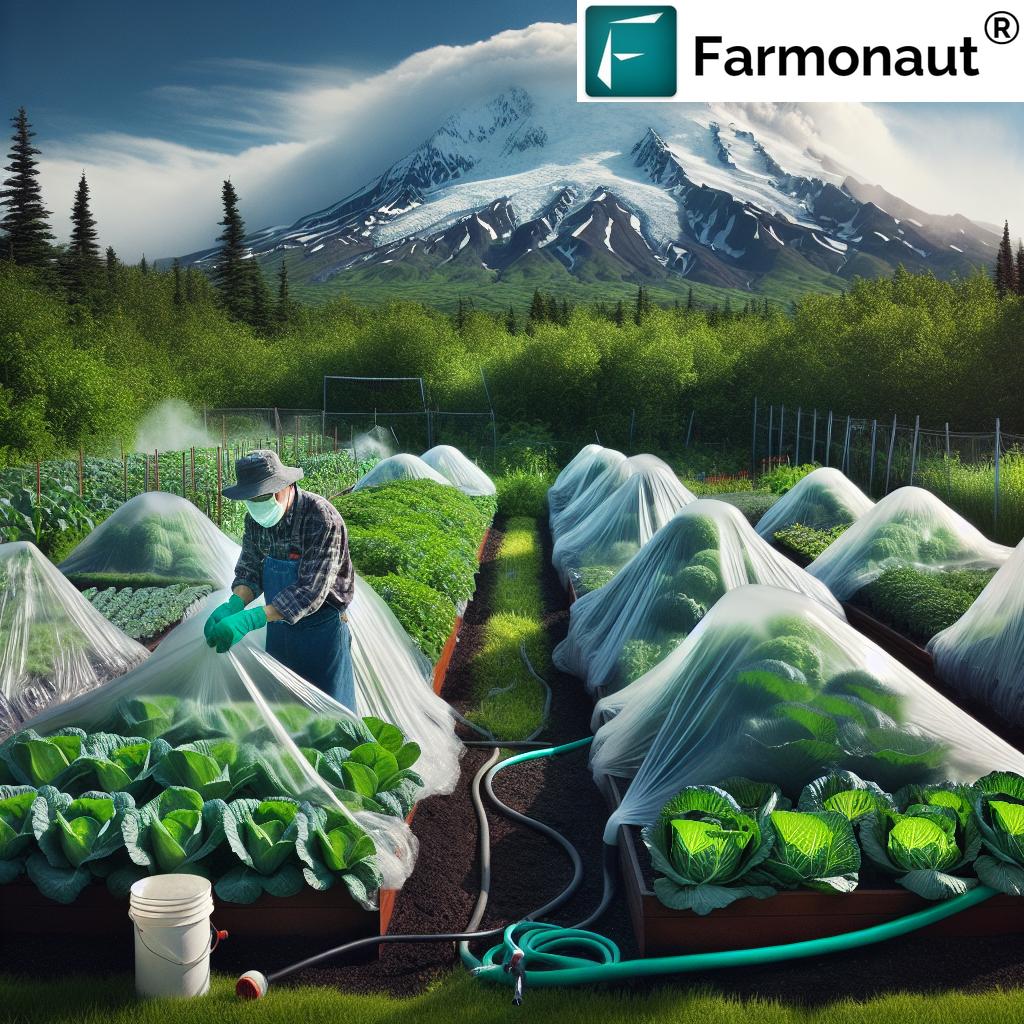
“Volcanic ash can reduce sunlight by up to 80%, significantly impacting photosynthesis in Alaskan gardens during ashfall events.”
As we delve into the unique world of volcanic ash gardening in Alaska, we’re faced with both challenges and opportunities that shape our approach to cultivating crops in this dynamic environment. The looming presence of Mount Spurr and its potential for eruption adds an extra layer of complexity to our gardening endeavors in Southcentral Alaska. In this comprehensive guide, we’ll explore essential strategies for protecting plants from ashfall and ensuring safe, productive gardening practices in volcanic regions.
Our focus will be on effective Alaska garden preparation techniques, innovative methods for covering crops for ash protection, and understanding the dual nature of volcanic ash as both a natural fertilizer and potential hazard. We’ll also dive into the crucial aspects of washing vegetables after ashfall to maintain food safety and explore the intricate effects of volcanic ash on our beloved plants and soil.
Understanding Volcanic Ash and Its Impact on Alaskan Gardens
Before we delve into protection strategies, it’s essential to understand what we’re dealing with. Volcanic ash is a natural part of the Alaskan ecosystem and has been shaping our soil for millennia. However, during an eruption, it can pose significant challenges to our gardens.
- Composition: Volcanic ash consists of fine particles of pulverized rock, minerals, and glass created by volcanic eruptions.
- Distribution: Ash can travel great distances, affecting areas far from the eruption site.
- Impact on Plants: It can smother plants, block sunlight, and alter soil pH.
Understanding these factors is crucial for developing effective volcanic eruption crop protection strategies.
Preparing Your Alaska Garden for Potential Ashfall
Proactive preparation is key to safe gardening during ashfall events. Here are some essential steps we recommend:
- Assess Your Garden Layout: Identify areas most vulnerable to ashfall and plan protective measures accordingly.
- Stock Up on Protective Materials: Have polyethylene plastic, tarps, and other covering materials ready.
- Create a Garden Emergency Kit: Include items like gloves, masks, and eye protection for safe garden maintenance during ashfall.
- Develop an Action Plan: Know exactly what steps to take when an ashfall warning is issued.
By taking these precautions, we can significantly mitigate the impact of volcanic ash on our gardens.
Innovative Techniques for Covering Crops During Ashfall
When it comes to protecting plants from ashfall, covering them is one of our most effective strategies. Let’s explore some innovative techniques:
- Polyethylene Plastic Covers: These allow light transmission for continued photosynthesis while protecting from ash.
- Temporary Hoop Houses: Constructing simple hoop houses with PVC pipes and clear plastic can provide excellent protection for larger garden areas.
- Breathable Row Covers: These can be effective for smaller plants and seedlings, allowing air and some light to penetrate while blocking ash.
Remember, timing is crucial. We should be ready to deploy these coverings quickly when ashfall is imminent.
The Dual Nature of Volcanic Ash in Gardening
Volcanic ash presents a fascinating duality in its effects on our gardens. Understanding this can help us leverage its benefits while mitigating its risks.
| Garden Element | Positive Effects | Negative Effects |
|---|---|---|
| Soil Fertility | Increased soil nutrients | Potential pH imbalance |
| Plant Growth | Long-term mineral enrichment | Short-term growth inhibition |
| Crop Yield | Improved soil structure over time | Immediate reduction due to plant stress |
| Vegetable Quality | Enhanced mineral content in produce | Potential contamination if not properly cleaned |
| Protective Measures | Use of polyethylene plastic or tarps | Cost and labor of implementation |
This table illustrates the complex relationship between volcanic ash and our Alaskan gardens. By understanding these effects, we can better prepare for and respond to ashfall events.
Safe Practices for Washing Vegetables After Ashfall
Washing vegetables after ashfall is crucial for food safety. Here’s our recommended process:
- Wear Protective Gear: Always use gloves when handling ash-covered vegetables.
- Pre-Rinse Outdoors: Use a garden hose with potable water to remove the bulk of the ash.
- Thorough Indoor Washing: Bring vegetables inside for a second, more thorough washing.
- Special Care for Leafy Vegetables: Pay extra attention to crops like lettuces and cabbages, ensuring ash is removed from between leaves.
Remember, volcanic ash is toxic if ingested, so thorough cleaning is non-negotiable for our health and safety.
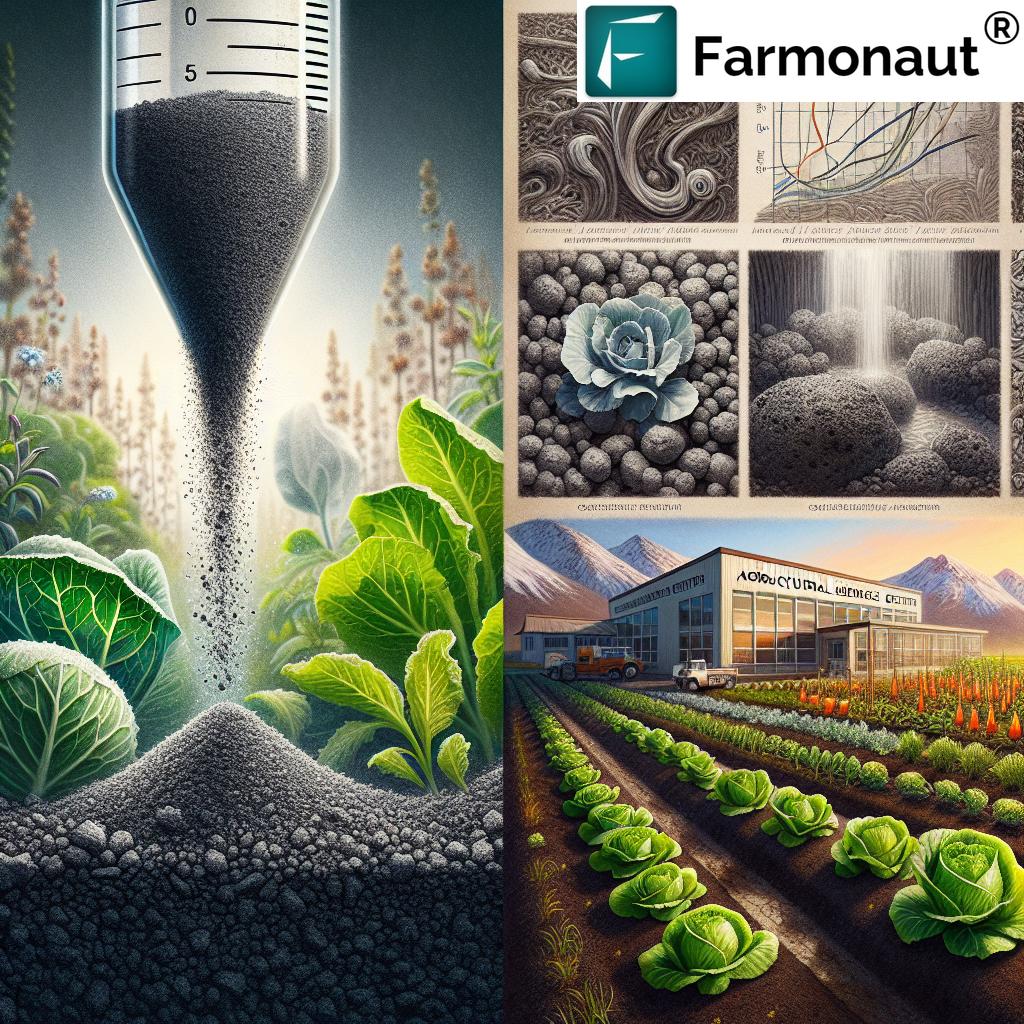
Long-Term Effects of Volcanic Ash on Alaskan Soil and Plants
Understanding the long-term volcanic ash effects on plants and soil is crucial for sustainable gardening in Alaska. Over time, volcanic ash can significantly alter our soil composition and plant ecology.
- Soil Enrichment: Gradual breakdown of ash can release beneficial minerals.
- pH Changes: Ash can alter soil pH, potentially affecting plant nutrient uptake.
- Soil Structure: Fine ash particles can improve soil texture and water retention.
- Plant Adaptation: Over generations, local plants may adapt to ash-enriched soils.
These long-term effects highlight the importance of ongoing soil management and plant selection in our Alaskan gardens.
“Mount Spurr, Alaska’s most active volcano, has erupted three times in the last century, affecting gardening practices in the region.”
Innovative Technologies for Volcanic Ash Gardening
In the world of gardening in volcanic regions, technology is becoming an invaluable ally. Platforms like Farmonaut are revolutionizing how we approach agriculture in challenging environments.
Farmonaut’s satellite-based crop health monitoring can be particularly useful in assessing the impact of volcanic ash on our gardens. By providing real-time data on vegetation health (NDVI) and soil moisture levels, it allows us to make informed decisions about irrigation and fertilizer usage post-ashfall.
Additionally, Farmonaut’s AI-driven advisory system, Jeevn AI, can offer personalized recommendations for managing crops in ash-affected areas. This technology considers factors like ash distribution, weather patterns, and crop type to provide tailored advice for optimal garden management.
For those interested in leveraging these advanced technologies for their Alaskan gardens, you can explore Farmonaut’s offerings:
Sustainable Practices for Long-Term Garden Health in Volcanic Regions
Adopting sustainable practices is key to maintaining healthy gardens in Alaska’s volcanic landscape. Here are some strategies we recommend:
- Crop Rotation: Regularly rotating crops can help mitigate the accumulation of ash-related soil imbalances.
- Soil Testing: Regular soil tests can help us monitor and adjust for changes caused by ash deposition.
- Organic Matter Incorporation: Adding organic matter can help balance the mineral-rich volcanic soil.
- Water Management: Proper irrigation techniques can help flush excess minerals from ash-affected soil.
These practices not only help us manage the effects of volcanic ash but also contribute to overall garden health and productivity.
Community Resources and Support for Alaskan Gardeners
Gardening in volcanic regions is a unique challenge, but we’re not alone in this endeavor. Alaska has a wealth of community resources to support gardeners:
- Matanuska Experiment Farm and Extension Center: Offers valuable insights and local expertise on volcanic ash gardening.
- Local Gardening Clubs: Great for sharing experiences and tips with fellow Alaskan gardeners.
- University of Alaska Fairbanks Cooperative Extension: Provides research-based information on gardening in Alaska’s unique conditions.
Leveraging these resources can significantly enhance our gardening success in volcanic regions.
Preparing for Future Eruptions: A Proactive Approach
While we can’t predict when Mount Spurr or other Alaskan volcanoes might erupt, we can certainly be prepared. Here’s how we can take a proactive approach:
- Stay Informed: Keep up-to-date with volcanic activity reports from the Alaska Volcano Observatory.
- Maintain an Emergency Garden Kit: Always have protective gear, covering materials, and cleaning supplies ready.
- Practice Quick Response: Conduct drills to ensure you can quickly protect your garden when warnings are issued.
- Diversify Your Garden: Plant a variety of crops with different ash tolerances to increase resilience.
By adopting these practices, we can minimize the impact of future eruptions on our gardens and ensure continued productivity.
Leveraging Technology for Ash Management
In the digital age, technology plays a crucial role in managing the challenges of volcanic ash gardening. Platforms like Farmonaut offer innovative solutions that can be particularly beneficial for Alaskan gardeners dealing with ash-related issues.
For instance, Farmonaut’s carbon footprinting feature can help us monitor the environmental impact of our gardening practices, especially important in ash-affected areas where soil composition changes can influence carbon sequestration.
Additionally, for larger scale operations, Farmonaut’s fleet management tools can optimize the distribution of resources and machinery needed for ash cleanup and garden maintenance, ensuring efficient response to ashfall events.
FAQs About Volcanic Ash Gardening in Alaska
Q: How long does volcanic ash remain a threat to my garden?
A: The immediate threat can last days to weeks, depending on the eruption’s severity. However, the effects on soil can persist for months or even years.
Q: Can I compost ash-covered plant material?
A: It’s generally not recommended, as the ash may contain harmful compounds. Dispose of heavily ash-covered plant material according to local guidelines.
Q: How does volcanic ash affect greenhouse gardening?
A: Greenhouses offer significant protection from ashfall, but extra care should be taken to prevent ash from entering through ventilation systems.
Q: Are there any plants that thrive in volcanic ash-enriched soil?
A: Some plants, like certain native Alaskan species, may adapt well to ash-enriched soils. Consult with local agricultural extensions for specific recommendations.
Q: How can I protect my garden’s water sources from ash contamination?
A: Cover water barrels and tanks, and consider installing filtration systems for irrigation sources to remove ash particles.
Conclusion: Thriving in Alaska’s Volcanic Landscape
Gardening in Alaska’s volcanic regions presents unique challenges, but with the right knowledge and preparation, we can create thriving, productive gardens. By understanding the effects of volcanic ash, implementing protective measures, and leveraging modern technology and community resources, we can turn these challenges into opportunities for growth and innovation in our gardening practices.
Remember, the key to success lies in being proactive, staying informed, and adapting our techniques to the ever-changing Alaskan environment. With these strategies in hand, we’re well-equipped to protect our Alaska gardens and ensure safe, bountiful harvests for years to come.
For those looking to take their gardening to the next level with technology-driven solutions, consider exploring Farmonaut’s offerings:
Earn With Farmonaut: Affiliate Program
Earn 20% recurring commission with Farmonaut’s affiliate program by sharing your promo code and helping farmers save 10%. Onboard 10 Elite farmers monthly to earn a minimum of $148,000 annually—start now and grow your income!
By embracing these strategies and technologies, we can continue to cultivate thriving gardens in Alaska’s unique and dynamic volcanic landscape.








